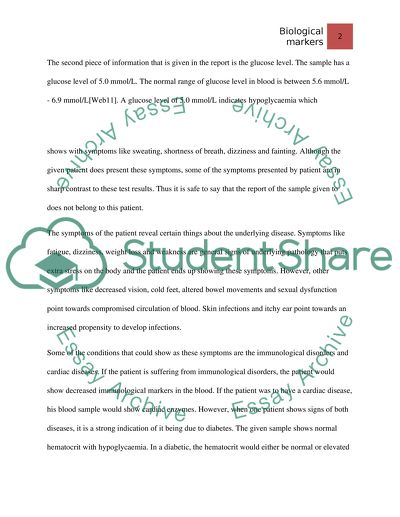Cite this document
(“Blood and urine practical potfolio Essay Example | Topics and Well Written Essays - 2000 words”, n.d.)
Retrieved from https://studentshare.org/health-sciences-medicine/1477019-blood-and-urine-practical-potfolio
Retrieved from https://studentshare.org/health-sciences-medicine/1477019-blood-and-urine-practical-potfolio
(Blood and Urine Practical Potfolio Essay Example | Topics and Well Written Essays - 2000 Words)
https://studentshare.org/health-sciences-medicine/1477019-blood-and-urine-practical-potfolio.
https://studentshare.org/health-sciences-medicine/1477019-blood-and-urine-practical-potfolio.
“Blood and Urine Practical Potfolio Essay Example | Topics and Well Written Essays - 2000 Words”, n.d. https://studentshare.org/health-sciences-medicine/1477019-blood-and-urine-practical-potfolio.


